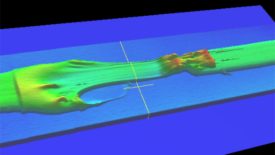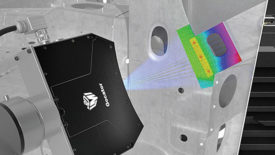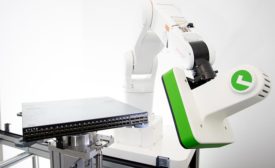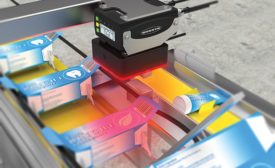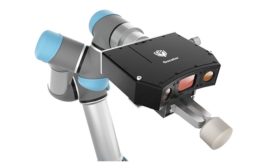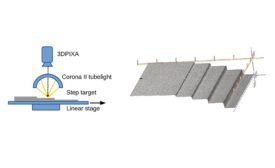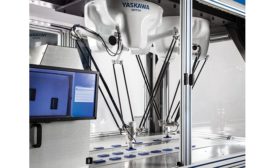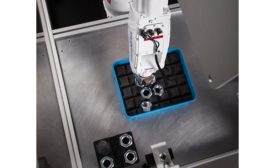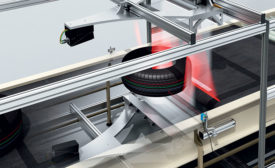Home » Keywords: » 3D vision
Items Tagged with '3D vision'
ARTICLES
The importance of reliability in EV batteries is paramount to the overall vehicle performance.
Read More
Vision & Sensors | System Integration
The Power Of Embedded GPU-Driven Smart Sensor Acceleration
There are four common reasons manufacturers would need to use a smart vision accelerator to enhance the inspection performance of their sensor.
July 6, 2022
The Hybrid Approach
Combining the best of traditional machine vision and deep learning.
January 12, 2021
Machine Vision Trends for Today’s Industrial Age
Improvements in machine vision include advanced-imaging analysis, robotics, machine learning and 3D vision.
November 26, 2020
3D Stereo Camera Repeatability Measurement
Understand the process to determine measurement repeatability of a stereo 3D camera.
September 1, 2019
Simple Steps to VGR Implementation
Vision technology is constantly being updated, especially where speed and resolution are concerned.
January 1, 2019
The Resurgence of Vision Guided Robotics
Manufacturers that have dismissed the use of robotics in the past are now taking a fresh look due to advancements in machine vision technology.
July 1, 2018
The High-Speed Trend
Automating Manufacturing Processes with High-speed 3D vision improves quality and drives down costs.
March 1, 2016
Get our new eMagazine delivered to your inbox every month.
Stay in the know with Quality’s comprehensive coverage of the manufacturing and metrology industries.
SIGN UP TODAY!Copyright ©2024. All Rights Reserved BNP Media.
Design, CMS, Hosting & Web Development :: ePublishing
